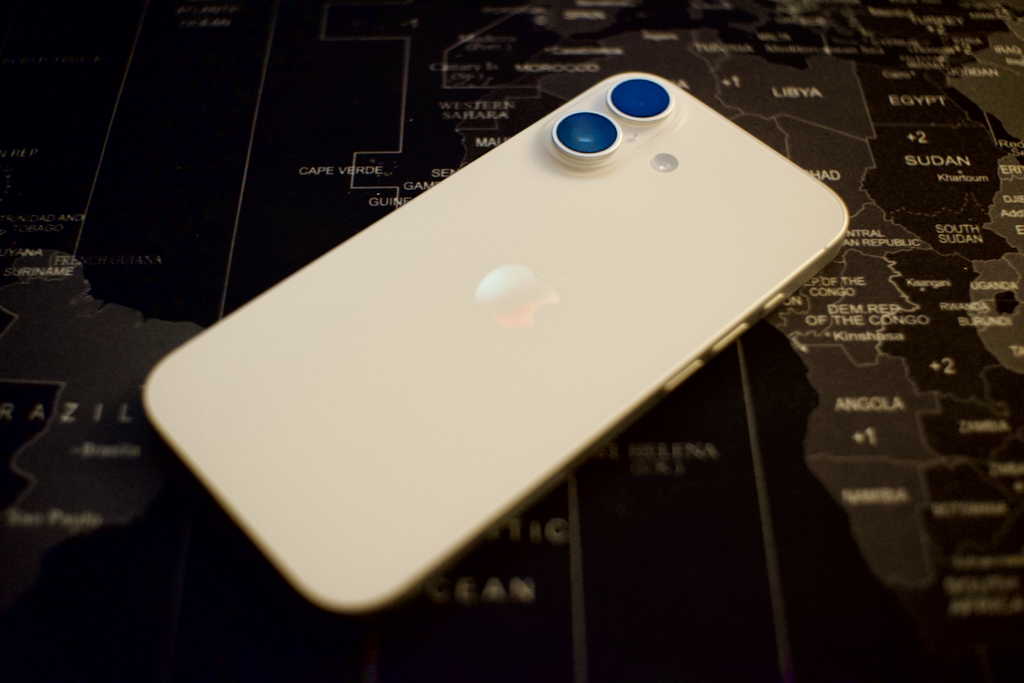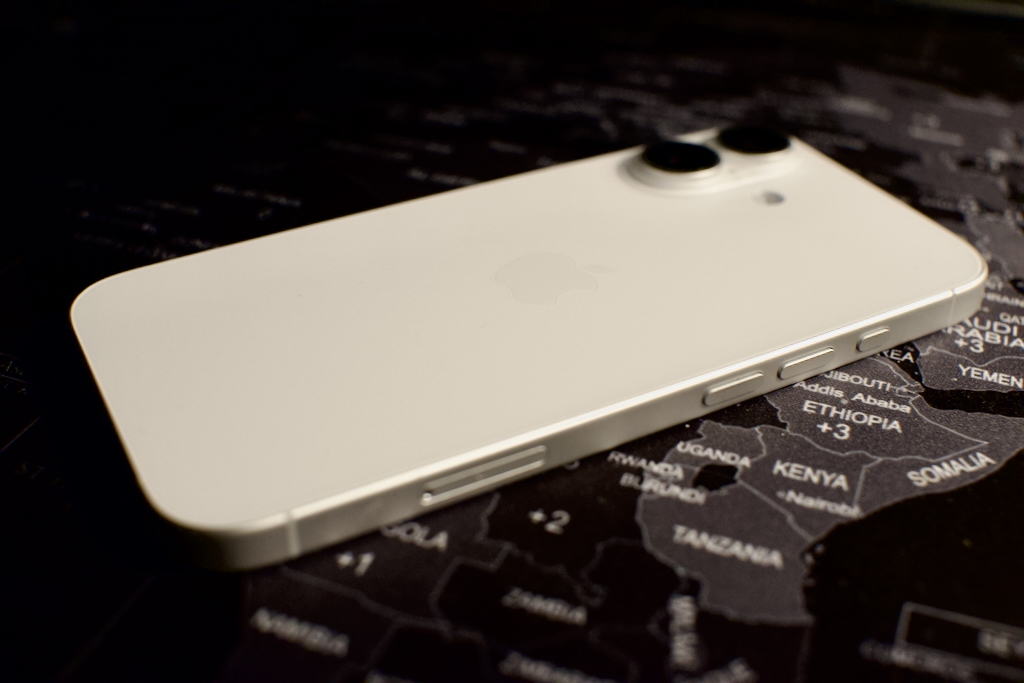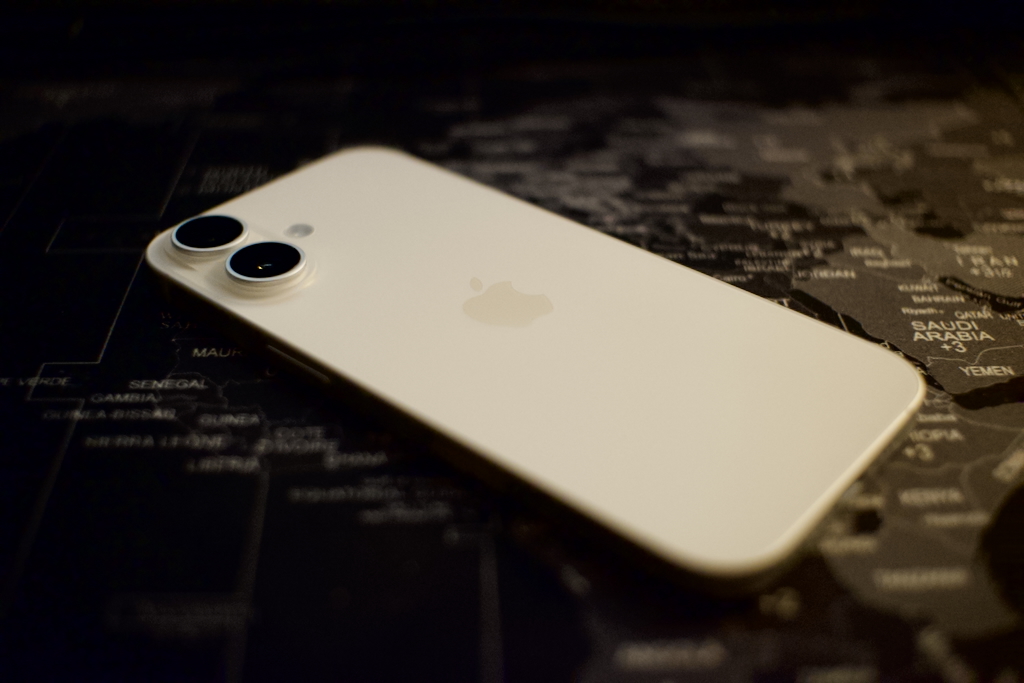Many people say things like "Don't announce anything until it's done", and there are many other people who work in public, as in they regularly announce shorter updates on their progress towards a certain outcome.
What I've found, is that for many of my projects, getting praise early on in a project kills them.
I can name countless examples, some potentially big projects like an RPG game I had started working on, some potential essays that I had thought of, and some others that are a lot smaller, but yet still end up in the same place. Nowhere.
When you're sharing news of an idea you've just had, or telling the world how much closer you are towards your goal, itcan feel pretty good to receive encouragement and praise. Maybe someone tells you your idea is great, or that after waking up at 4 am twice a row, you're clearly on the way to becoming the most productive person ever. Either way, in that moment, it can feel like you've already made it.
And that is the key part of the problem.
If you've already had the same experience of achieving something, what's the point in continuing the journey? If after the first mile of a marathon, everyone celebrates you like you've won the race, do you need to finish it?
Well, maybe it gives you some motivation at first. Maybe you run the second mile and third mile. But by that point, people have already seen you do the same thing three times. So it's not going to be rewarded with the same level of attention that you would have expected.
It's likely you're not running a marathon, instead, you're probably working on a blog post, creating a video, developing an app, etc. But they each have their own milestones, and when praise is given too early in the journey, it can lead to you either wanting more and more praise for regular progress, or it can lead you to lose motivation to actually reach the finish line.
It's not just praise either. Criticism too early on can have a similar effect. Someone without the same motivation as you can provide uninformed criticism about what you're doing, and if you're still in the early stages, you might just think"Well, they may know better than me, I'll just quit before I go too deep".
Most people would probably agree that you should take all praise and criticism with a pinch of salt, but when it comes down to it, it's not as easy as it sounds. So why not just postpone any requests for feedback until it's really necessary, or at least beneficial?
When dealing with early praise, it's not just the current task that's affected. I know through my own experiences, that it leads you to want to shorten the feedback loop as much as possible. Just so you can get that boost of dopamine a bit quicker than last time.
It's like an itch. You start thinking about an idea, writing something down, starting a project, and you just want to announce it to everyone straight away.
I get it a lot. When I'm writing a blog post, I start to think "Do I need to really read this through again? It's only a quick post, nothing more". Or if an idea pops into my head that I think could be developed into a short essay, maybe I'll just post something short and pithy on social media. That way I can get a few likes and maybe people will reply saying it's a good idea.
The short-term effect of early praise is that it can kill your motivation and desire to continue working on a project. The long-term effect is that you design your projects and goals around this desire.
Being told how great you are (or how great your work is) isn’t always helpful. It steers us away from the real work that actually deserves good feedback. A pat on the back after you've finished something worthwhile feels a lot better than getting a few cheap likes on social media.
In a lot of ways, it boils down to just plain attention-seeking. We want to feel like our thoughts and opinions are being heard, and that what we're working on is worth it. But the downside to that is that it makes us lazy.
Being snarky and pithy on social media is lazy. Being contrarian just to prompt an emotive response is lazy. And I have the feeling that the desire for "minimalism" in every aspect of life can also sometimes be the rush for applause, which is just laziness with a mask on.
I don't claim to be the wisest person on the planet, or the one with all or a few answers. I just want to plant a seed in people's heads that makes them think just one time more before making an announcement.
Not all social media posts need to be essays, not all morning runs need to be a marathon, and you don't need to turn every project into your life's work. However, don't sell yourself short, reach the finish line. Enjoy the journey, and when it comes to receiving praise, I'm sure you and your work would have earned it.



